And the rest of the country? Plain desert? Mostly, but that doesn’t mean that there is nothing to see. Having a long-standing interest in all matters rock-art, I had to see the petroglyphs of Jebel Jassassiyeh. These rather mysterious rock carvings have not been conclusively dated, neither have they been well-described, it seems. Apparently, there are some 900 of them on the ‘jebels’, the sandstone outcrops in the coastal desert in the northeast of the peninsula (as well as others, in other locations in Qatar). To call them petroglyphs is perhaps misleading………., as this suggests some figurative image; the engravings at Jebel Jassassiyeh are not clear-cut illustrations, they are hard to recognise, and most are perhaps better described as dot-carvings, geometric patterns of rosettes, or a double line of holes, or a triangle. Very few are recognisable as animals or boats, something claimed by one of the more enthusiastic websites that describe the carvings. What doesn’t help is that the observation of the carvings is made more difficult by the fact that the site is now fenced off, and the only way to get in is asking permission from the Qatar Museums Authority. The alternative, climbing over the fence, is strongly discouraged, of course.
At the tip of the peninsula is Al Ruwais, once a small fishing village, but by now part of a larger, and more modern municipality. The thing to see here is the harbour, a pretty small-scale affair from where the fishing boats, most of them traditional dhows, operate. On a Friday, when we passed through, not much was happening, fishing gear was drying on the quay, and the occasional fisherman was using his fishing rod rather than his boat.
Towards the northwest coast are some poignant consequences of Qatar’s oil boom. Several three fishing villages, Al-Areesh, Al-Khuwair and Al-Jemail, lay completely abandoned, the prototype of ghost villages. The minaret of the mosque is often the only landmark that still stands upright, a simple round structure with a door, a narrow staircase and four windows in the top, for the muezzin to call for prayer in all four directions. The rest of the villages, deserted in the 1970s, shows varying degrees of decay, with few roofs remaining – although the often thick stone walls are more difficult to break down. The only modern addition, perhaps, is the rubbish that is collecting along the coast line, not from weekend picnics, but washed ashore from elsewhere. Oh, and then there is the other result of the oil boom, a thick black slurry that has attached itself to the coral limestones that form the coastline here. From one or more oil spills in the Arabian Gulf, no doubt, with no intentions whatsoever to be cleaned up again. Perhaps that’s also why the mangroves don’t want to grow, anymore.
A little south from the abandoned villages is Qatar’s most photographed tourist site, the Zubara Fort. Built in 1938 for one of the Sheiks, it has had a military purpose for a while, but has now been turned into a museum. In all honesty, it is heavily restored and not particularly interesting, I have seen better forts in my life. What would be a lot more interesting, is visiting the Al Zubara archaeological site, nearby the fort. ‘Archaeological’ in this case means the ruins of a small town that originated perhaps in the 16th Century, but was abandoned because, or so goes the story, the residing tribe of pearl fishermen here moved to Bahrein. The last people left in 1937 – a year before the construction of the fort (that cannot be a coincidence, no? – no explanation given, though). Unfortunately, this site, Qatar’s only UNESCO World Heritage Site, is also fenced off, and currently inaccessible.
There are lots of other locations outside Doha that at least sound interesting, like the Bir Zekreet wind-eroded rock pillars along the west coast, and the Khor Al Adaid, a salt-water inlet in the south surrounded by a landscape of sand and salt. But two days is obviously not enough to see it all; Qatar is under-appreciated, Qatar has potential.
Oh, and one more thing. Being a self-proclaimed tropical speed skating fanatic, I was lucky enough to come across a training session of the Qatar Olympic Short Track Team, which was practicing on an ice rink in one of the shopping malls. The enthusiasm of the team, which consisted of seven pupils in different age groups, was heart-warming – and although I am a fanatic, and not a specialist, it looked as if they were doing very well, indeed; perhaps not yet medallion candidates for 2018, but definitely for 2022! Never mind there is a big sign prohibiting speed skating….
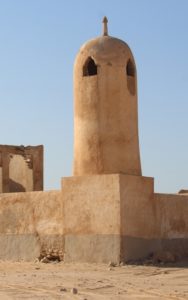
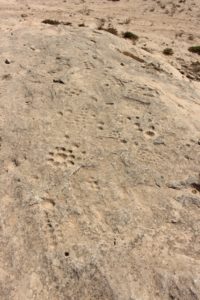
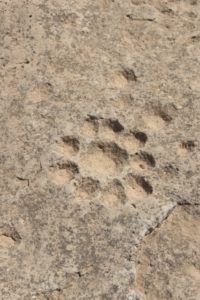
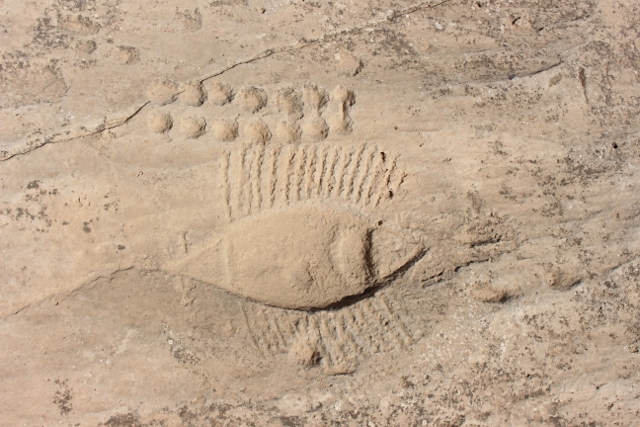
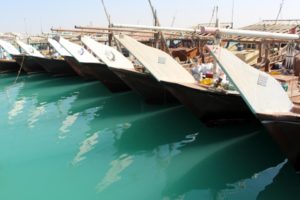
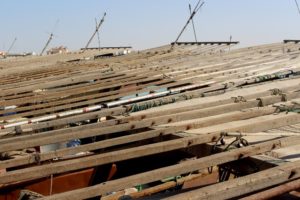
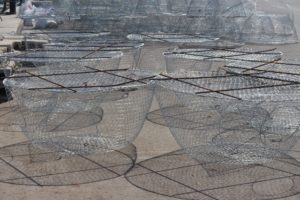
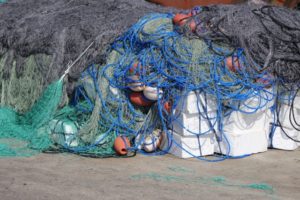
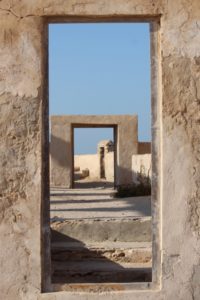
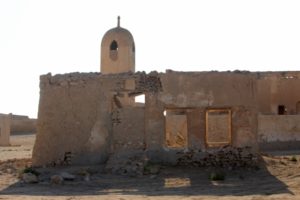
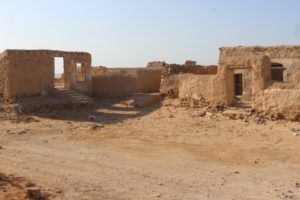
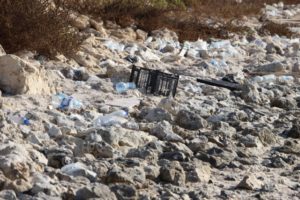



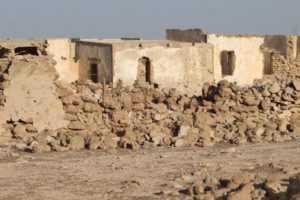



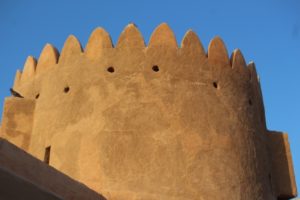





 RSS – Posts
RSS – Posts








I enjoyed Reading this part very much!!